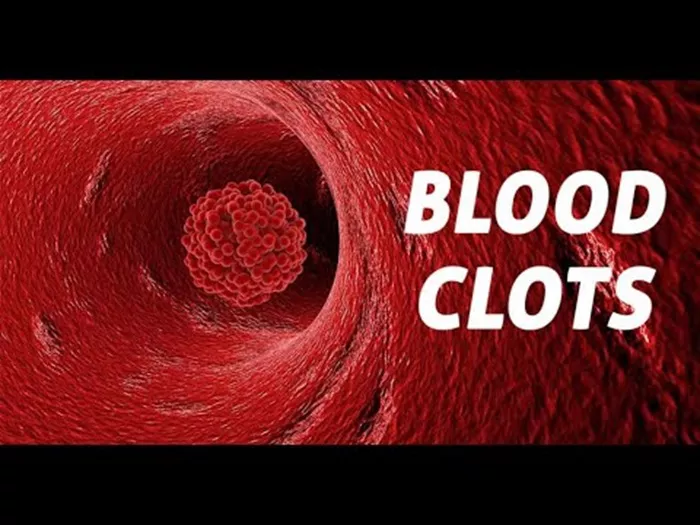Uterine twinges, while often mild and transient, can sometimes indicate underlying health issues that warrant attention. Here, we delve into ten common causes of uterine twinges, shedding light on their nature and potential implications.
1. Ovulation
A primary cause of uterine twinges, ovulation involves the release of an egg from the ovary. This process can cause mild discomfort or twinges, known as mittelschmerz, typically lasting a day or two.
2. Menstrual Cramps
As the uterus contracts to shed its lining during menstruation, cramping and twinges can occur. These sensations are usually manageable with over-the-counter pain relief.
See also:How Much Bleeding During Implantation Is Normal?
3. Pregnancy
Implantation of the fertilized egg into the uterine lining can cause twinges or cramps. If accompanied by other pregnancy symptoms, such as missed periods or nausea, it’s crucial to confirm pregnancy through a test.
4. Endometriosis
This condition occurs when uterine tissue grows outside the uterus, leading to inflammation and pain, including twinges. Seeking medical evaluation is crucial for diagnosis and management.
5. Uterine Fibroids
Benign growths in the uterus, fibroids can cause twinges, especially during menstruation or sexual activity. Monitoring their size and symptoms is important to prevent complications.
6. Pelvic Inflammatory Disease (PID)
An infection of the reproductive organs, PID can cause uterine twinges along with other symptoms like pelvic pain and abnormal discharge. Prompt treatment is necessary to prevent complications.
7. Ovarian Cysts
These fluid-filled sacs on the ovaries can cause twinges or sharp pain if they rupture or grow large. Monitoring and follow-up with a healthcare provider are crucial for managing cysts.
8. Adenomyosis
Similar to endometriosis, adenomyosis involves the growth of uterine tissue into the uterine wall, leading to pain and twinges, particularly during menstruation. Diagnosis and treatment are essential for symptom relief.
9.IUD Placement
After the insertion of an intrauterine device (IUD), some women may experience uterine twinges or cramps as the body adjusts to the device. These symptoms often subside within a few days.
10. Sexual Intercours
Engaging in sexual activity, especially if deep penetration occurs, can sometimes cause uterine twinges or discomfort. Communicating with your partner and using appropriate lubrication can help reduce these sensations.
conclusion
Understanding these ten potential causes of uterine twinges empowers individuals to recognize when further medical evaluation or intervention may be necessary. It’s important to consult a healthcare provider for proper diagnosis and management tailored to individual needs.
FAQs
Why does my uterus twinge?
Uterine twinges can occur due to various reasons, including ovulation, menstrual cramps, pregnancy, conditions like endometriosis or adenomyosis, ovarian cysts, IUD placement, or during sexual activity. These twinges are often a result of the uterus contracting or responding to changes in hormonal levels.
Why do I get random pains in my uterus?
Random pains in the uterus can be attributed to factors such as ovulation, hormonal fluctuations, uterine conditions like fibroids or adenomyosis, pelvic inflammatory disease (PID), or even psychological stress. Keeping track of these pains and discussing them with a healthcare provider can help determine the underlying cause.
Why do I feel my uterus twitching?
Uterine twitching or spasms can occur due to a range of reasons, including uterine contractions during menstruation or ovulation, implantation during pregnancy, conditions like endometriosis or fibroids, or even normal variations in uterine activity. Consulting with a healthcare professional can provide insights into the specific cause of these twitches.
What do pelvic twinges feel like?
Pelvic twinges can vary in sensation from mild discomfort or a dull ache to sharp, stabbing pains. They may feel like brief, localized spasms or cramps in the lower abdomen or pelvic region. These twinges can be associated with ovulation, menstrual cycles, pregnancy, or underlying pelvic conditions, necessitating evaluation by a healthcare provider for proper diagnosis and management.


